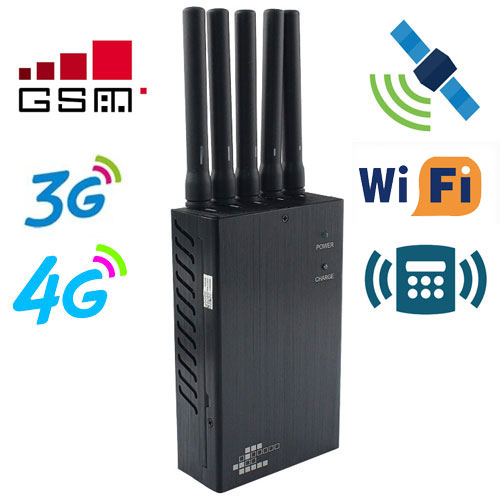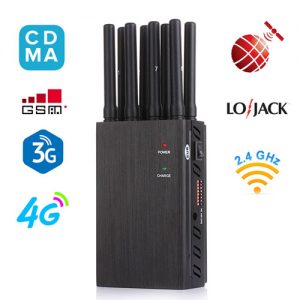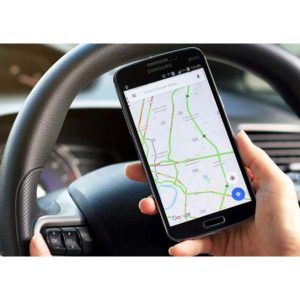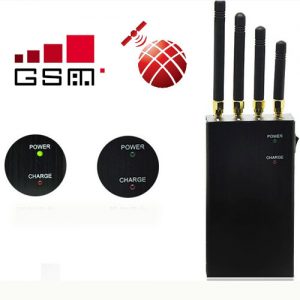When the mob descended on the US Capitol complex yesterday, did law enforcement block the signals to thwart communications? No, the networks were probably just overwhelmed. Here’s why.
Yesterday’s Washington, DC uprising highlighted the limitations of 4G technology and sparked some relatively reasonable conspiracy theories. When mobs stormed the U.S. Capitol, many people nearby reported that their phones had no signal or no working connections.
Of course, when this happens at an event like this it’s not crazy to wonder if law enforcement is signal jammer with communications. The answer is that it usually doesn’t. As our senior software and security analyst Max Eddy told me, cops gain more from sucking in location and messaging data than from cutting off video streams.
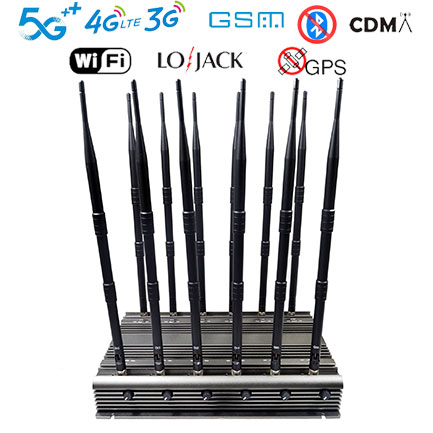
Instead, the networks were probably just overwhelmed. That’s how the math works there.
According to radio engineer Martin Sauter, a 4G LTE cell can realistically process around 100 users. (Other similar posts on the internet have come up with similar results.)
A cellular base station contains several cell sectors. According to CellMapper, a Verizon location is right off Capitol’s west lawn. Another two blocks south, there are eight more. One a few blocks north adds five.
AT&T appears to have six locations near the Capitol grounds with two, three, four, five and nine cells. Cellmapper shows six T-Mobile locations with five, five, five, five, nine and nine respectively. I also see seven sprint sites with eight, six, four, three, three, three, and three each.
If you add that up, you get 107 cells that can probably feed about 10,700 people in a pinch. That’s a huge amount for a couple of blocks! It is made difficult by the fact that not all of these cell sectors point to the Capitol, and I have not found CellMapper’s data on the shape and direction of cell sectors to be completely reliable. Let’s say about half of these sectors point to the Capitol. There are now about 5,000 active connections on these blocks at the same time.
I couldn’t find a good count of how many people were outside the Capitol on Wednesday, but of course it wasn’t just mob members – it was also the media, police, passers-by involved in the mess, staff, and even the guy who runs the concession booth that I saw on Twitter. According to Google, the Capitol grounds are roughly 1,600 feet by 700 feet. So that’s roughly 1.12 million square feet.
At 16 square feet per person for a relatively tight crowd, you could theoretically accommodate 70,000 people on the Capitol grounds. I’m not saying 70,000 people were there, how many people could fit in the room. But now let’s say a fifth of these theoretical people try to use their phones. We have 14,000 simultaneous connections. In extreme circumstances, it would therefore be relatively easy to overload the cellular networks.
The cops’ phones continue to work as they are on a special part of the AT&T network called FirstNet, which gives priority to first responders. Heavy use of FirstNet would, however, reduce the civil equipment capacity at this location slightly, since FirstNet comes first.
Why doesn’t this happen at other major protests or events in the National Mall? For most events, the carriers roll a series of truck-based cell locations onto the avenues around the mall (or the event in general). Commonly known as COWs (cell on wheels) or COLTs (cell on light truck), they are designed to split larger cells into smaller cells to accommodate more people.
On normal tourist days, many people are also served by the cellular systems located inside the building in places like office buildings and the Smithsonian museums, which take the load off the networks in the open air.
It looks like the hauliers didn’t roll those trucks yesterday for lack of planning or fear of violence. (The fear would have been justified given that the mob members destroyed radios from CNN and other organizations, and conspiracy theories like QAnon tend to overlap with anti-5G conspiracy theories.)
